Helmed by Kristoffer Borgli, ‘Dream Scenario’ is a 2023 black comedy and fantasy feature that maneuvers through many modern themes such as viral sensationalism, its brutal yet short-lived craze, and its effect on human beings. The film is intricately embroidered with elements of thrills, awkward humor, and drama, purposed to give audiences a fresh outline distinct from anything previously imagined.
Despite its modest pacing and realistic setting, the film provides ample space for unanswered questions, as, throughout its runtime, the narrative is neatly packed with situations that are open to interpretation. Many viewers will be curious to know the answers to these questions. SPOILERS AHEAD
Dream Scenario Plot Synopsis

The film centers around Paul Matthews (Nicolas Cage), a college professor and family man with a fairly mundane life. He and his family aren’t very attracted to attention, but things drastically change when people around him begin having abnormal dreams with Paul in them. It slowly spreads to the masses as millions of people around the world start witnessing Paul in their dreams.
He suddenly becomes very popular for seemingly doing nothing. From bumping into people whom he’d never met before recalling him from their dreams to becoming an overnight viral sensation, all of it is very new to Paul. However, his recent stardom festers as these bizarre dreams evolve into nightmares, traumatizing each dreamer. Paul is now forced to tackle these new developments as he tries to retain some normalcy in his life.
Dream Scenario Ending: Why Did Everyone’s Dreams Turn Into Nightmares?
In the film, as more and more people start seeing Paul in their dreams, he decides to address it in an interview with a news channel that calls this strange phenomenon a “dream epidemic.” The story probes the possibilities of this situation by hypothesizing that it could be a dream version of the “Mandela Effect.” This phenomenon, in reality, refers to the mass belief of events that never took place. Hence, a large number of people can have the same memories of an event that has never happened. With reference to Paul’s situation, this dream-like “Mandela Effect” is theorized to be the cause of Paul’s appearance in thousands of dreams. It speculates that numerous people have a false memory of Paul and subsequently see him in their dreams.
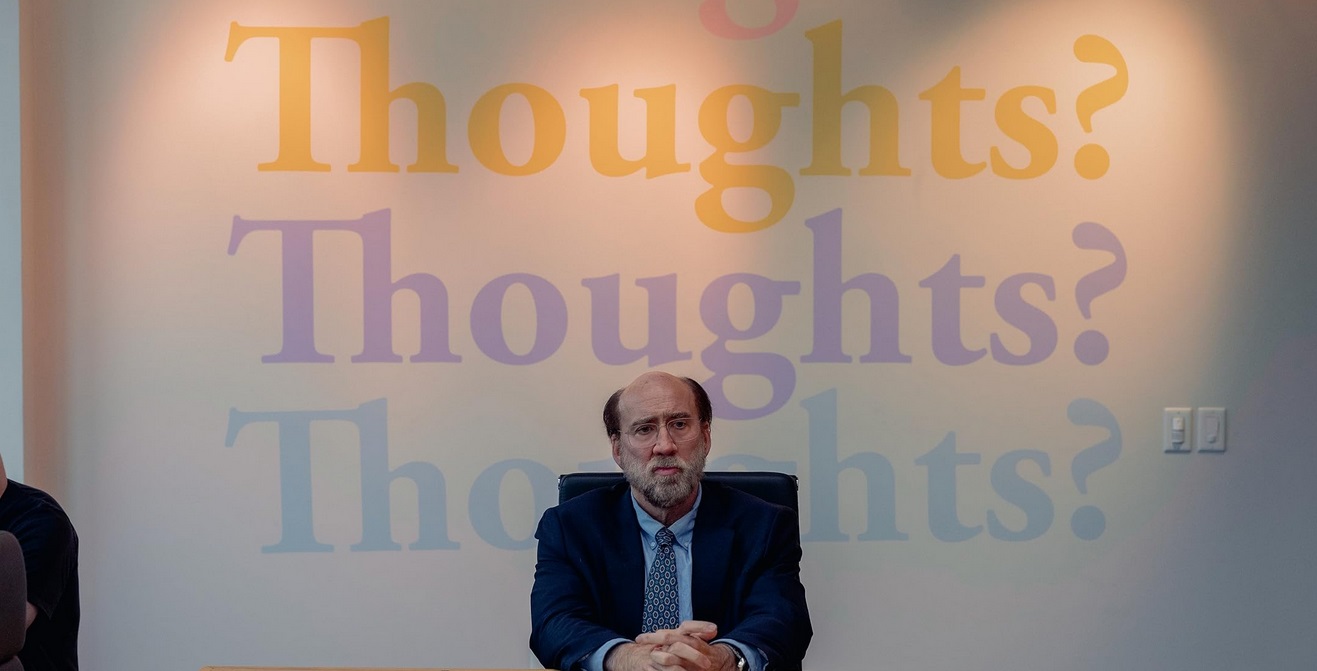
The second theory that audiences are introduced to in the news segment is “Astral Projection,” but the scene quickly reverts to Paul explaining the events to his mother before giving away any more information. “Astral Projection” in reality refers to the act of a soul leaving the confines of the body while asleep. The second theory is much more far-fetched than the “Mandela Effect” theory, as “Astral Projection” is only considered real by a few people.
Considering Paul’s circumstances, it would likely be more aligned with the “Mandela Effect,” as the second theory is mentioned to be “scientifically dubious” in nature. “Astral Projection” would require Paul’s soul to leave his body and travel into thousands of other people’s dreams long distances away. This also requires the dreamer to be receptive to an astral projective state and allow Paul’s soul to enter the subconscious mind of the dreamer.
For reasons such as these, the “Astral Projection” theory is regarded to be more fantasy than reality within the film. However, since the events of the film are so bizarre in themselves, researchers are willing to explore these under-studied theories in hopes they can find answers to this absurd phenomenon. While the film doesn’t necessarily indicate that researchers are desperately looking for an answer, the inclusion of theories involving Astral Projection serves as an implication.
Here is where the dream-like Mandela Effect comes into play. It is triggered by Paul’s address on television and the attention he receives after. People who watched his interview with the news channel are now subconsciously influenced by the idea of him visiting their dreams. He is now in the minds of even more people, some of whom haven’t previously dreamt of him. In the next segment, we see Paul walking into a filled college lecture room and being welcomed by a standing ovation.
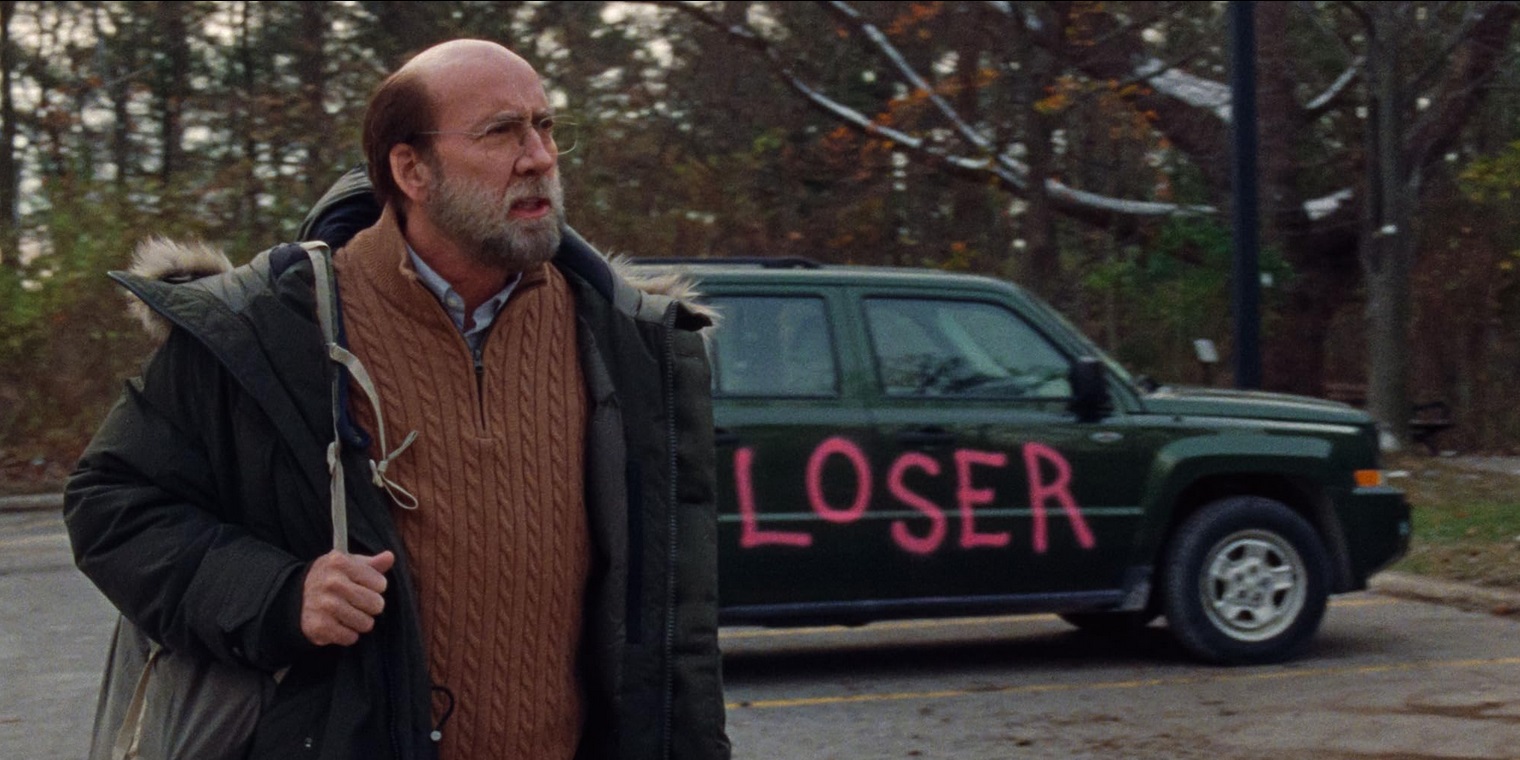
Here, he allows his lecture time to be used for his own curiosity and to know why this phenomenon is happening. He starts asking the students what they dream of him, most of whom have the same reply: that he doesn’t really do anything. Students can be seen taking videos and pictures of the exchange (now turned – celebrity Q&A) and presumably being uploaded on social media. A mix of a few aspects triggers the Mandela Effect here. The fact that he appeared in a news report, extensively talked about on social media, and the in-person interaction that followed initiated the Mandela Effect.
The news has already started spreading like wildfire, and people on the other side of the planet have begun to dream of Paul. This catches the attention of a promotion agency called “Thoughts.” They intend to use Paul’s stardom in various advertising campaigns and create a brand around Paul and his situation. Paul, on the other hand, has motives of his own. He wants to use his newfound fame to attract publishers for a book he has yet to write. A disagreement ensues between the two parties as Paul forfeits.
Here is where things start going south for Paul. Students and others who have caught wind of this phenomenon now begin to have freakish nightmares about Paul. In most of the dreams, Paul has turned into a murderer. From strangling to brutally bludgeoning them to death, dreamers portray Paul as the villain, constantly pursuing them to their deaths. While some others have dark sexual fantasies about Paul in their dreams, the majority appear to be traumatically affected by nightmares. He returns to teaching his class but is informed that most of his students are traumatized by seeing their professor in real life after continuously having nightmares about him.
The film here is open to interpretation, as it doesn’t necessarily confirm why everyone’s dreams turn into nightmares. We can look at this through the lens of how one is an influencer. Influencers need to play it very safely to ensure their audience likes what they see. While real-world influencers have to do certain things to become popular, be it even a one-off thing that became viral, it is an activity nonetheless. In Paul’s situation, he actually does absolutely nothing. Hence, when real-life influencers do something that gets them canceled, it is by their own actions. The same cannot be said about Paul. He has just appeared in people’s dreams.
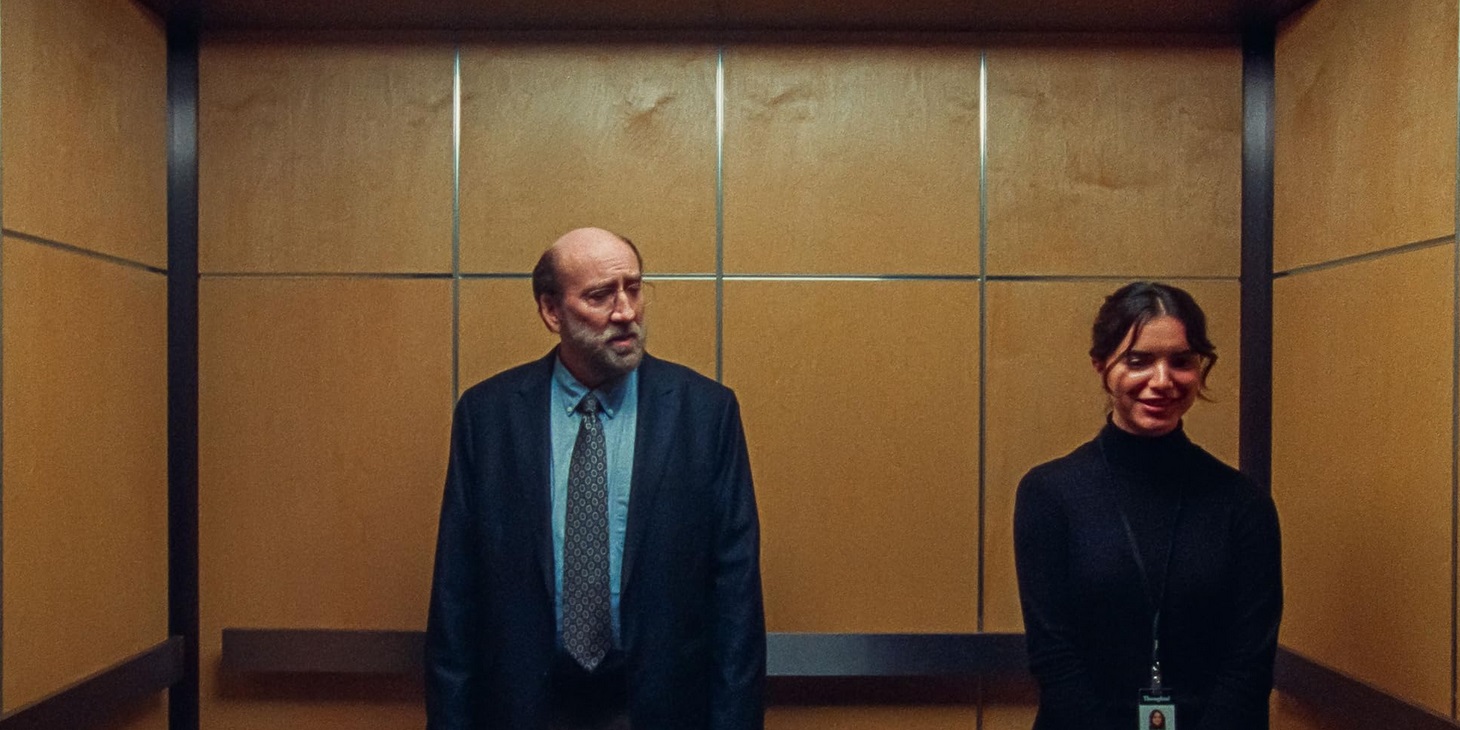
Thus, when something goes wrong for real-world influencers, it is their own doing, and they must face the consequences. Paul here didn’t do anything to begin with and subsequently didn’t do anything to turn those dreams into nightmares. His fame for doing nothing was taken away for, once again, doing nothing. It turned bitter, and people started avoiding him because of their traumatic dreams. The Mandela Effect is reactivated here as news of more nightmares starts circulating.
At the crux of it, the heightened news of Paul featuring in people’s dreams goes far and wide and influences people to claim that they saw Paul in their dreams. Now, when Paul turns into a murderer in their dreams, the same news goes the distance, and people are coaxed into thinking that these nightmares are based on Paul. These influences not only modify people’s thoughts but also translate into dreams.
The movie does an incredible job of commenting on social trends and how people are influenced by them. Paul here is essentially a trend that has transcended all mediums of media straight into human dreams. As the Mandela effect begins with one dreamer and on to the next, the pieces start falling like a series of dominoes, affecting many worldwide. As Paul harnesses this newfound fame, he subsequently influences even more subconscious minds, leading to his ultimate downfall.
Does Paul Enter His Wife’s Dream?
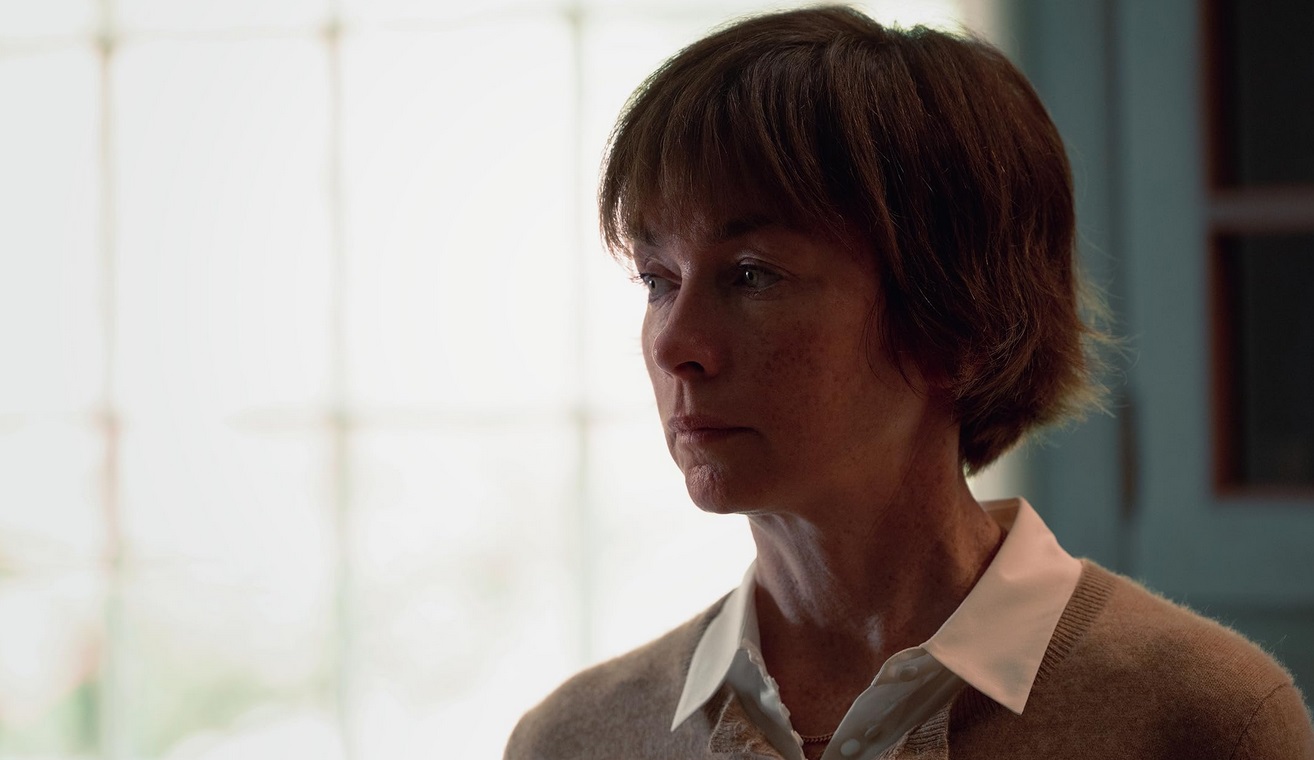
At the end of the film, audiences are introduced to a new technology called Norio, which enables users to travel into other people’s dreams. In the following segment, Paul ventures into Janet’s dream. In a much previous segment, the couple humor each other about seeing themselves in their dreams when Janet recalls a particular costume suit he had worn during Halloween years before. She mentions that she would like Paul to wear it in a dream scenario of him saving her.
The film here does not confirm that he does get the opportunity to travel to her dream, but it is implied that he did. He uses the Norio wristband and lays down on the floor after watching a tutorial on how to use the device to get to other people’s dreams. The next scene showcases him in a dream state, walking towards Janet, who is surrounded by fire, and saving her from it. The couple walk away, and as the dream ends, Paul begins to float away from Janet’s embrace. Paul still loves Janet, even though the circumstances are much different than at the start of the film. After the catastrophic happening of the dreams, he is forced to separate from Janet. He still longs to be with her, and at least now he can visit her in her dreams.
Why Were People Dreaming About Paul?

When audiences are introduced to Norio, the concept of a “collective consciousness” is additionally revealed. The CEO of Norio claims that there is a collective consciousness, and all dreamers are connected in multiple ways. Norio credits Paul for this by stating the new technology would not exist without him. Although Paul accidentally became a part of something he couldn’t control, he stumbled upon breadcrumbs that scientists could later formulate into new technologies like Norio.
The film here implies that a collective consciousness is the reason behind so many people having dreams about Paul in the first place. Later on, when one person starts having nightmares about him, collectively, everyone else starts having the same. The fact that Norio works on this concept and that users are able to delve into other people’s dreams should be enough to confirm its existence. However, we would like to probe a little deeper and readdress what we mentioned earlier. Taking the angle of the Mandela Effect here, we can also assume that the real-life phenomenon is actually the root cause.
The film’s commentary on social behavior to trends is quite indicative of the Mandela Effect. As media outlets start talking about Paul and the dream epidemic, it becomes more rampant. These influences get more widespread as they scrub through the nation and then the world. The same thing happens when those dreams turn into nightmares, as people start talking about it online and on other media. Since dreams are usually related to subconscious memories, the influences of media and trends could affect receivers even though it isn’t legitimate.
To reiterate, while many portions of the film are open to interpretation, the Mandela Effect in relation to the dreams appears to be a good explanation for the entire situation. It first starts out with only people who know Paul, which isn’t a significant number. Then, it proceeds to people who have seen Paul, which is, of course, a higher number. Through the bizarre circumstances of becoming viral, Paul is seen in a widespread number of people’s dreams, and this spreads even further. All of this represents the Mandela Effect in it’s truest form.
Read More: Dream Scenario: Exploring All Locations

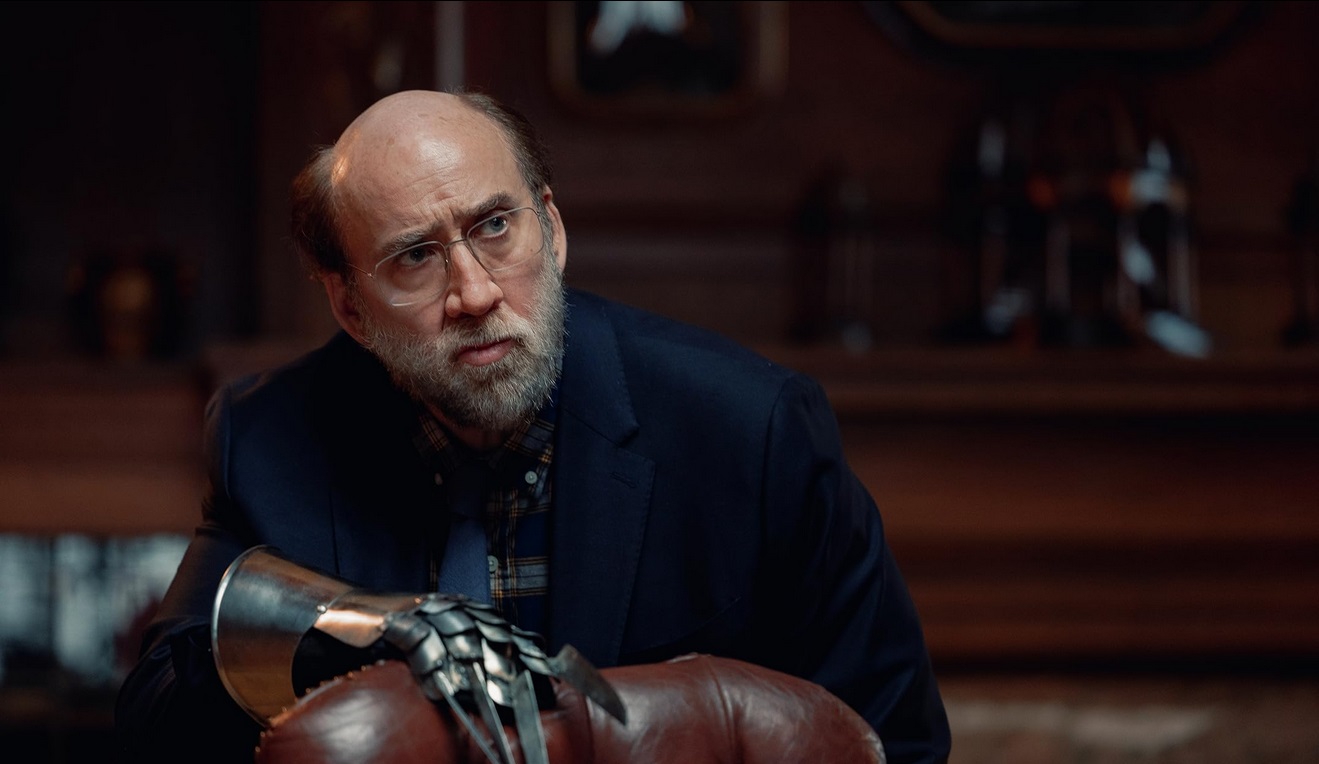
You must be logged in to post a comment.